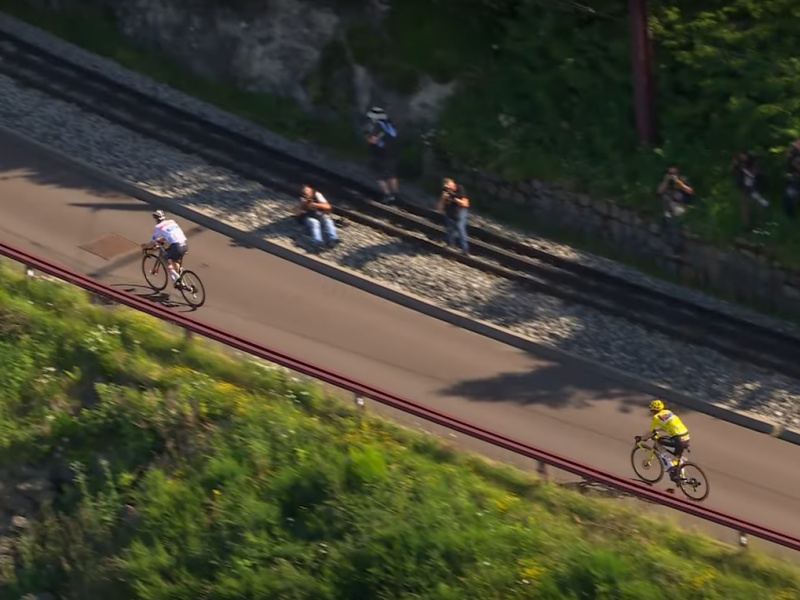
- Preview
- Stages 1-9
- Stages 10-15
- Stages 16-21
This year’s Tour de France was seen as a straight head-to-head between Tadej Pogacar and Jonas Vingegaard and almost immediately appeared to become that. That’s probably better than only having one of them left in the race – or neither.
We have a decent idea how good different riders can be going into the Tour de France, but even with the best training bodies aren’t machines and so fitness varies unpredictably. The traditional nature of Grand Tours means that any weaknesses among the overall contenders can often stay hidden surprisingly deep into the race. Not so with the 2023 Tour de France.
Ten years ago, the Tour didn’t hit the mountains until Stage 8 and the only two ‘medium mountain’ stages before then were sufficiently manageable that Peter Sagan was able to finish second on both of them. This year Stage 1 heated up enough that our two standout favourites for the race – Jonas Vingegaard and Tadec Pogacar – summited the final climb with just one other rider for company. That man was Victor Lafay, who I’ll come to in a minute.
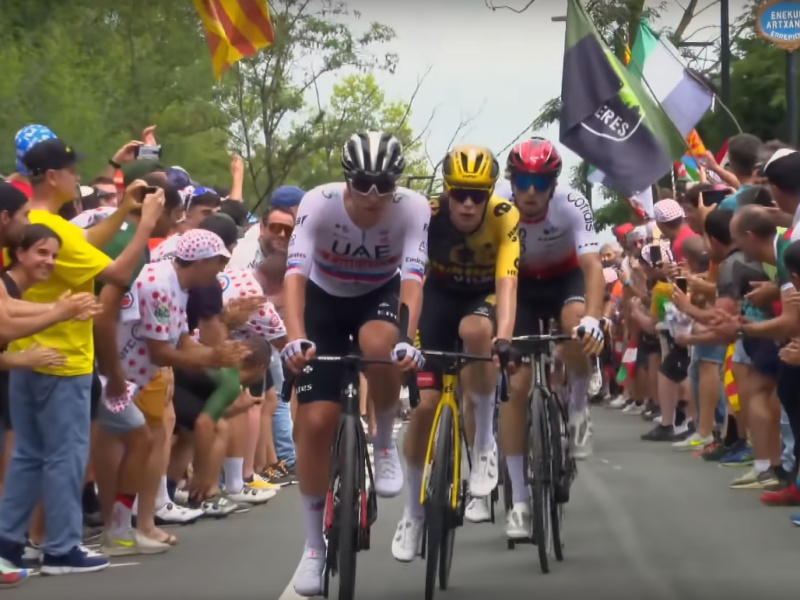
VinPog (is a Bennifer-style hybrid couple name appropriate?) didn’t press on over the top however, which opened up the road for some Yates-on-Yates hostilities. Just off the pace uphill, British twins Adam and Simon caught the front group on a false flat and then shot off together in hope as much as expectation. The group they left behind never really got its act together though – not least because Pogacar and Adam Yates are team-mates – and so the two siblings arrived together at the finish. Adam earned family bragging rights with the stage win and yellow jersey, although his team responsibilities mean Simon has a pretty good chance of being ahead at the end of the three weeks.
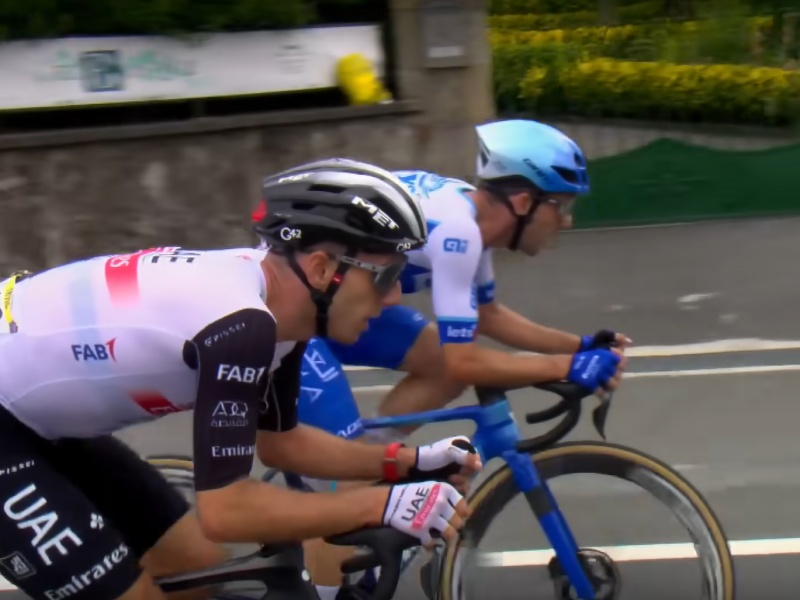
Back to Lafay anyway. The Frenchman is not without pedigree, having won a stage of the Giro d’Italia in 2021. He also finished in a four-man front group comprising himself, Vingegaard, Pogacar and Remco Evenepoel on a stage in last year’s Tirreno-Adriatico, which is about as elite a group as you’re ever likely to see. However, he also rides for Cofidis.
Cofidis are not exactly a joke at the Tour de France, but they’re most definitely the butt of a few. Ever-presents at the race for many years, the low budget team are famed for their inability to trouble the scorers. When Lafay sallied forth off the front of the bunch in the closing kilometre of Stage 2, he secured their first win for 15 years. It was also an improvement on his own performance last year, when his highest position in the 15 stages he finished was 136th.
The sprints
Stages 3 and 4 were arguably most notable for not being won by Mark Cavendish. Belgian rider Jasper Philipsen won both with significant thanks to team-mate Mathieu van der Poel who did a more-than-passable impression of a one-man sprint train.
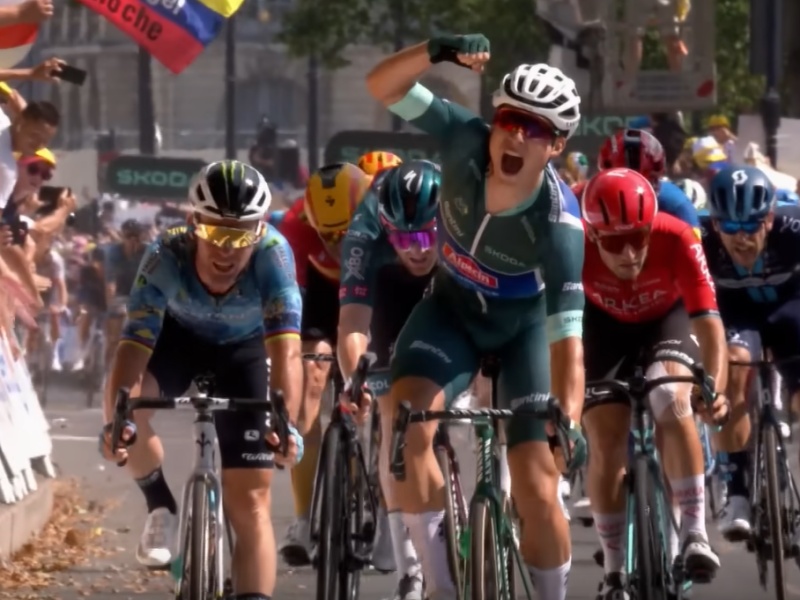
Later in the week, on Stage 7, Philipsen edged out Cav for a third stage win after the Manxman had apparently had trouble with skipping gears. Whether that was the difference between victory and second place, we can never know, but if he was “pretty devastated” in the immediate aftermath, those feelings may have intensified after he crashed out with a broken collarbone a day later.
It’s easy to look back on that second place as Cavendish’s one chance to get past Eddy Merckx in the list of Tour de France stage wins, but in reality it was just one of very, very many chances. His 34 stage wins didn’t arrive without a good old number of near-misses alongside them, after all. And luck cuts both ways too. You could also just as easily highlight various slices of good fortune that contributed to many of his victories down the years.
What I’m saying is that the Stage 7 result really wasn’t that important. One way or another, Cavendish has won 34 stages. It wouldn’t be much less impressive if he’d only won 33 and it wouldn’t be much more impressive if he managed 35.
As I said in my race preview, Cavendish would be the greatest sprinter the sport’s ever seen even if he had crashed out in the neutral zone on day one. Another win won’t change that even if he does decide to try and cling on for another season to have another stab.
Early mountains
Going back to the immediacy of this year’s general classification racing, even once a race does hit higher altitudes, there’s no guarantee the main contenders won’t ride within themselves, anxiously keeping an eye on each other.
Again, not so with the 2023 Tour de France.
The action began on Stage 5 with 2022 Giro d’Italia winner Jai Hindley managing to get into a whopping 36-man break. It’s not often a rider as significant as that can shoot off the front of the peloton early in the day, but panic from his rivals was just about low enough and the group he was in just about big enough that the breakaway actually managed to develop a decent gap. As you’d imagine, Hindley was the strongest rider. As all the others fell away, he pressed on, winning the stage and in so doing taking the yellow jersey off Adam Yates.
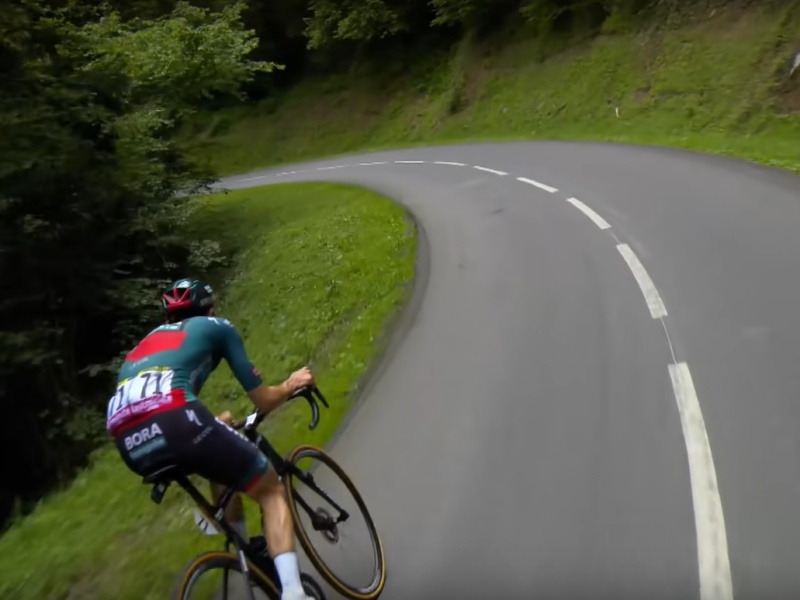
Back in the peloton, Vingegaard had what hindsight suggests was an even better day. His Jumbo-Visma team-mates hit the seemingly-ever-steepening Col de Marie Blanque hard and with a kilometre or so to go to the top, he correctly deduced that Pogacar was already going flat-out. The Dane duly accelerated and seemed to gain a minute’s advantage in the space of about two minutes.
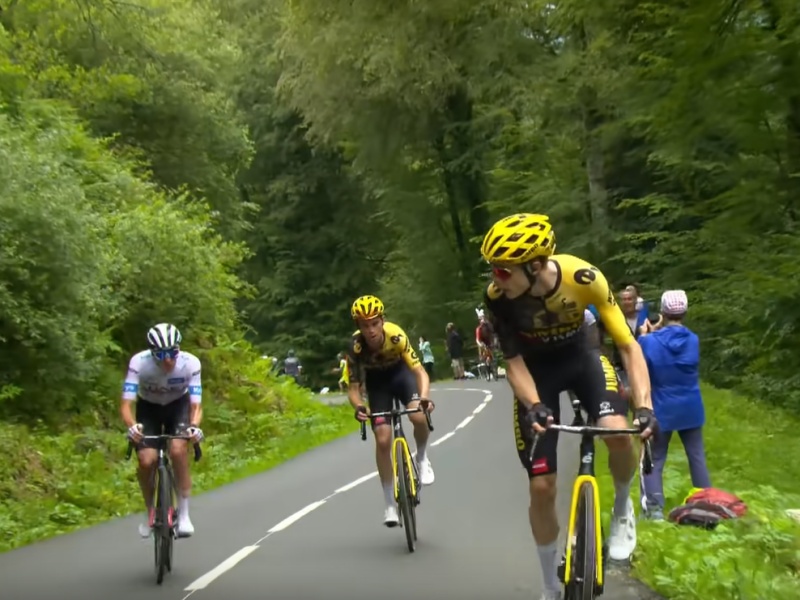
That was pretty much the gap between the two riders at the line. It felt like a seismic blow, albeit asterisked by the minor inconvenience of being 47s behind someone demonstrably capable of winning a Grand Tour.
More mountains
The near-disregard for Hindley proved justified however as the Australian shipped a couple of minutes to the two favourites on Stage 6 and slipped down to third overall. Technically at this point there were 172 riders in the race. This sounds like a sizeable cast list, but realistically a huge percentage were already being treated as extras.
Inspired by the previous day’s success, Jumbo-Visma hit upon an ingenious plan for this stage. Vingegaard would drop Pogacar on the 17km Col du Tourmalet and race over to Wout van Aert who had earlier got into the day’s break. (‘Single-handedly created the day’s break’ might be a better way of putting it.) At this point the Belgian would take on the work and help Vingegaard up the lower slopes of the final climb before launching him at the closing kilometres where he would extend his lead over his rival to a hopefully insurmountable size.
It was a great plan with only one minor flaw: that little bit where Vingegaard was supposed to drop Pogacar.
Because although it happened on Stage 5, dropping Pogacar is not actually a particularly easy thing to do. The Slovenian followed Vingegaard over the Tourmalet, down the other side, along the valley floor and halfway up the other side. Then towards the top of the final climb he took off and won the stage.
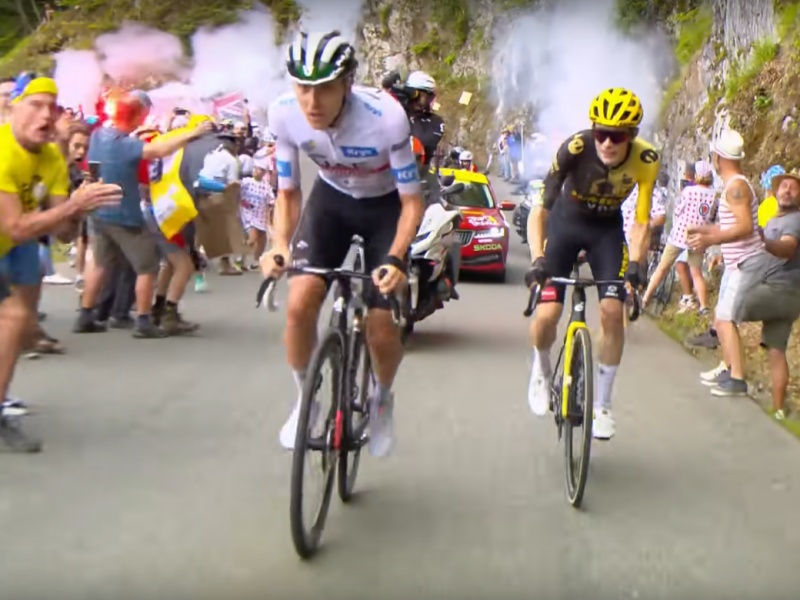
“Well that was an absolutely blinding way to deploy our riders’ finite energy reserves,” Jumbo-Visma must have concluded afterwards. “Exhausting our entire team to set up a stage win for our only real rival.”
In light of that result, I think ambitions were tempered for the final mountain stage of the week.
After Philipsen followed his third stage win with a second place to Mads Pedersen on a slightly bumpier Stage 8, the race arrived at the Puy de Dome for a summit finish on Stage 9.
This was a hard climb, the road spiralling round the volcano at double-digit gradients for the last four-and-a-bit kilometres. Having been on the receiving end earlier in the week, Pogacar again got the better of Vingegaard – albeit in agonisingly protracted fashion.
Where the two men had separated after an unignorable attack on Stage 6, here the gap opened almost imperceptibly, inch by inch, peaking at just 8s at the line.
“I think there are stages that suit me better than this,” said Vingegaard afterwards – which I took to mean routes featuring a greater number of big climbs which will favour endurance a little more. But who knows what he meant? Maybe he was just putting on a brave face.
For now, Vinvgegaard retains an advantage of 17s. You may be surprised to see that a bunch of other people are technically also riding the Tour de France behind Pogacar.

What’s next?
Tuesday (Stage 10) and Thursday (Stage 12) are jaggedy breakaway sorts of days. Sandwiched between them, Stage 11 is probably for the sprinters. After that, it’s a mountainous weekend.
Friday (Stage 13) is not a lot at first and then 17.4km at 7.1% up to the finish line atop the Grand Colombier.
Saturday (Stage 14) is rather a lot whichever way you slice and dice it: three Category 1 climbs and one ‘beyond categorisation’ climb to finish (the Col de Joux Plane), with a descent into Morzone to finish.
Sunday (Stage 15) has a few more Alps on a 180km route that is a good chunk longer than the other two, culminating in a summit finish.
If you enjoy my Tour de France coverage, you can buy me a coffee/Belgian beer here (and just to reiterate, I do promise contributions will go towards one of those two things). Big thanks to those of you who have been doing so.
You can expect my week two recap roughly this time next week. You can also expect it to be a fair bit shorter. (Sorry this one’s a bit long.) You can sign up to receive the recaps by email, if you haven’t already done so.
Leave a Reply